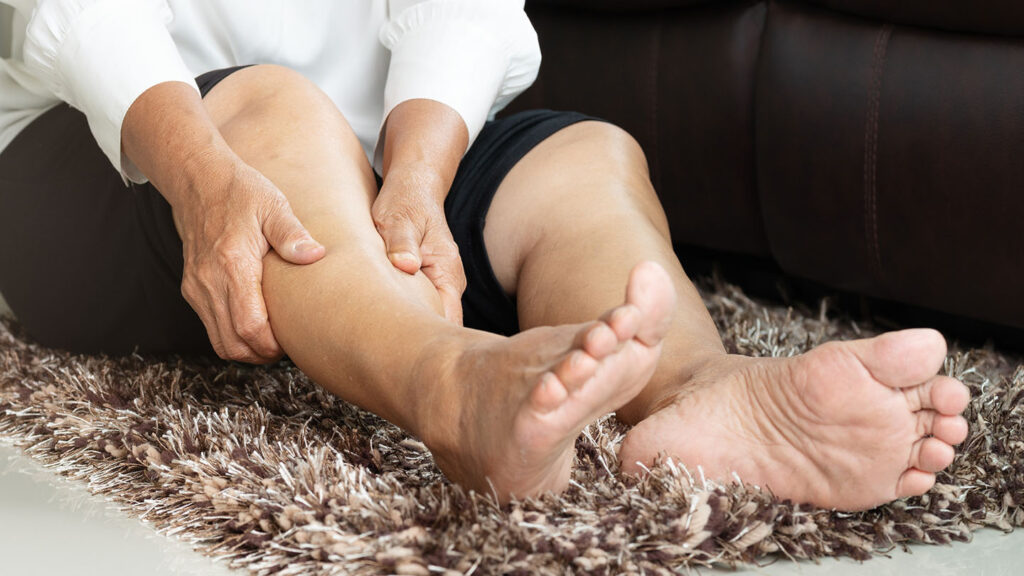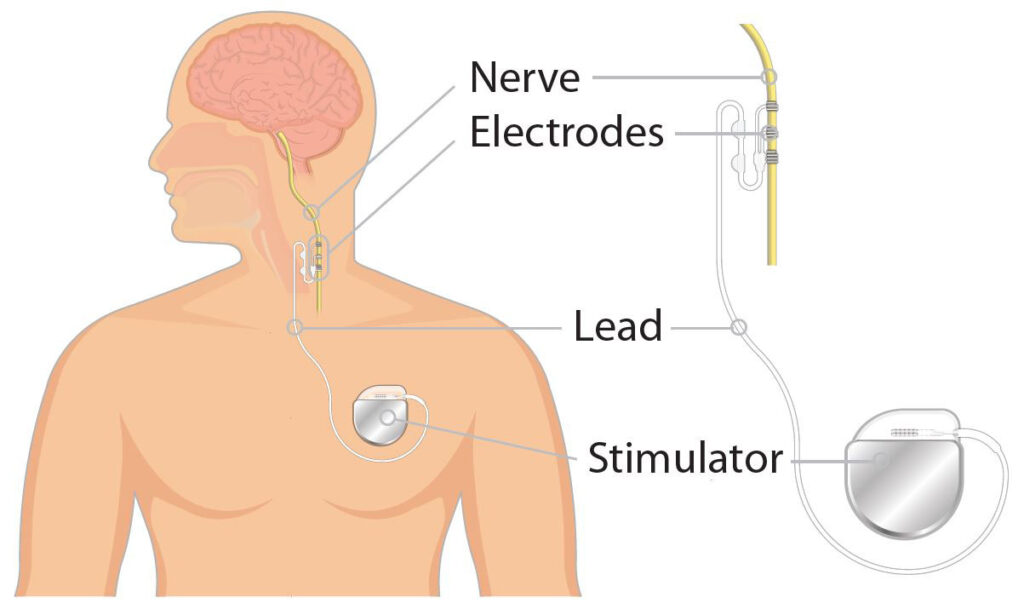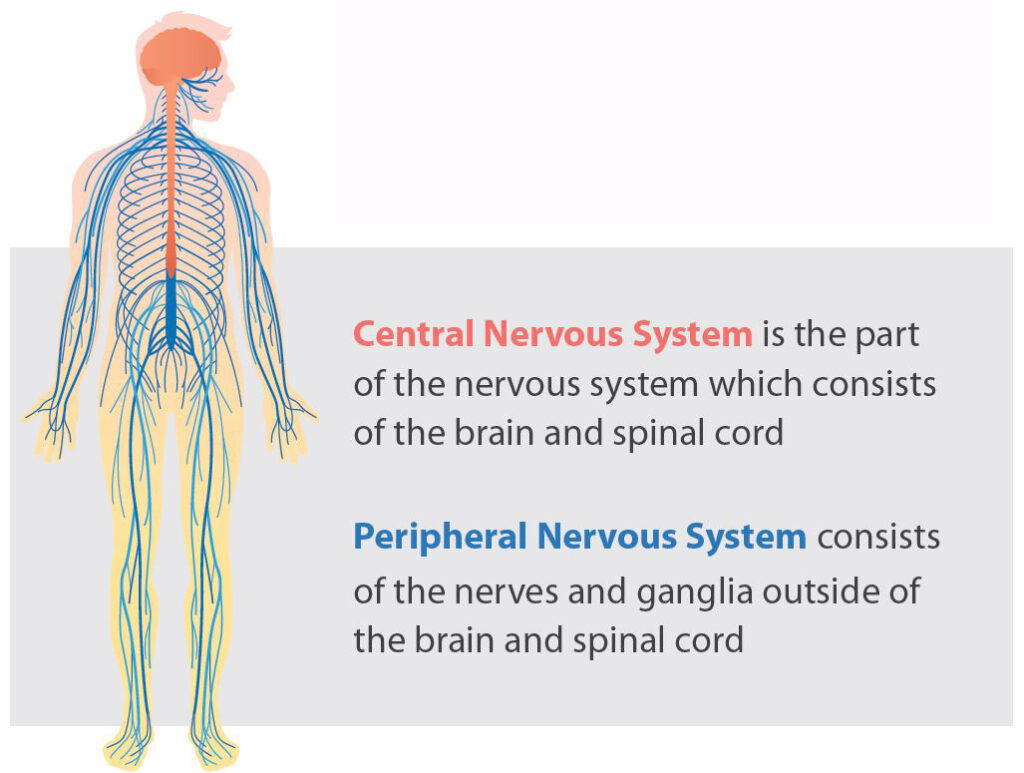Articles by Laxmaiah Manchikanti, MD
and Mahendra Sanapati, MD

What is Peripheral Nerve Stimulation or PNS?
Peripheral nerve stimulation, also frequently referred to as ‘PNS‘, is a commonly used approach to treat chronic pain originating from the peripheral nervous system. The peripheral nervous system is one of 2 components that make up the nervous system in humans. In addition to the central nervous system (CNS), the peripheral nervous system consists of the nerves and ganglia outside of the brain and spinal cord. The main function of the peripheral nerve stimulator is to connect the central nervous system to the limbs and organs, essentially performing a relay function between the brain and spinal cord and the rest of the body. The major difference from the central nervous system is that the peripheral nervous system is not protected by the vertebral column and skull, which leaves it exposed to mechanical injuries.

With PNS, a stimulator sends mild electrical currents to electrodes placed next to nerves which block pain signals to the brain.
PERIPHERAL NERVE STIMULATION
Peripheral nerve stimulation involves a minimally invasive surgical procedure that places a small electrical device (a wirelike electrode) next to one of the peripheral nerves. Peripheral nerve stimulators work similar to spinal cord stimulators (SCS), except that the nerves outside of the spinal cord are stimulated with mild electrical currents.
Peripheral nerve stimulation was invented in the mid 1960s, even before the commonly used spinal cord stimulator. In more recent years, a number of therapeutic devices that stimulate peripheral nerves, or that provides peripheral nerve field stimulation, received regularly.

PROCEDURE
In the majority of the cases, peripheral nerve stimulation is a 2-stage procedure, similar to used spinal cord stimulation. One manufacturer provides a single placement and after the removal of the electrodes, they believe that natural healing occurs, and no further treatment is necessary. For others, a trial is performed under local anesthesia and stimulation is carried out to see the response and any side effects.
With appropriate response of > 50% pain relief without any side effects, a permanent implant will be placed in which a permanent implant is embedded under the skin. The permanent electrodes either connected to the battery or on their own, last for several years, and they can be replaced very easily.
SELECTION CRITERIA
Selection criteria for peripheral nerve stimulation trial and placement are very stringent. Suitability of the procedure is judged by:
- Physical condition
- Psychological status
- Relief obtained from the trial
INDICATIONS
When the pain becomes chronic and long-lasting, and medicines and therapy are not helping, our pain management physicians, in conjunction with neurosurgeons, provide peripheral nerve stimulation to control pain and improve quality of life.
Some of the conditions treated with peripheral nerve stimulation are:
- Nerve injuries
- Complex regional pain syndrome
- Peripheral neuropathy
- Post amputation pain syndrome
- Occipital neuralgia
- Intercostal neuralgia
- Transformed migraine and other headache syndromes
- Trigeminal neuropathic pain
- Intractable pain after shingles
- Median ulnar radial neuropathy
- Cluneal nerve pain
- Pudendal neuralgia
- Knee pain
- Ankle and foot pain
- Back and neck pain not suitable for spinal cord stimulation
- Other conditions
TYPES OF DEVICES AVAILABLE
The devices and their protocols are different, but each has 3 basic components:
- A thin wire connected to an electrode that delivers the pulses to the peripheral nerve
- A battery or power source
- A remote control type device that allows the
patient to adjust pulse settings
Several devices have been FDA approved for peripheral nerve stimulation. The most widely used companies at the present time include StimWave, Sprint, Nalu, and StimRouter.
